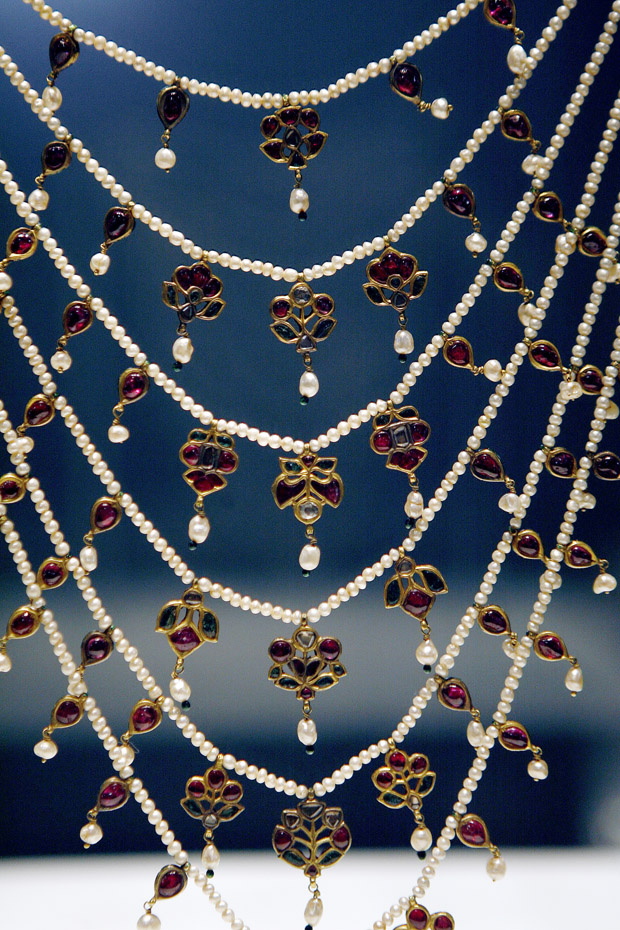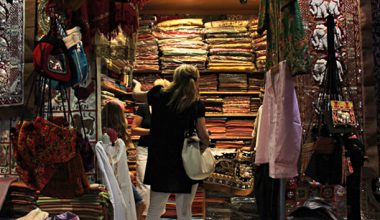
Not wanting to sound like a stereotypical nerdy type of person, but history lessons at school always fascinated me, and were always the classes that I looked forward to during my weeks. I grew up in a family where history was always given the chance to come alive through passionate discussions as well as our bedtime stories. My parents always indulged us in stories of past empires, one of them being that of the Mughal Empire.
The Mughal Empire in traditional English usage was an imperial power from the Indian Subcontinent. The Mughal Empire began in 1526. The name Mughal is derived from the original homelands that were once conquered by Genghis Khan and hence known as Moghulistan, which means land of Mongols. Although early Mughals spoke the Chagatai language and maintained some Turko-Mongol practices, they became Persianized and transferred the Persian literary as well as the high culture to India, thus forming the base for the Indo-Persian culture and the spread of Islam in South Asia.

I certainly was fascinated as well as spellbound by the story of the Mughals, who ruled India for over 300 years between 1526 and 1858. The term Mughal immediately evokes in me impressions of grandeur and splendor that graced the Mughal court, of art and poetry, and of tales of love and romance. It would also be difficult not to be impressed by Akbar the Great, who besides being known for his role in expanding the Mughal empire, had a significant influence on art and culture, which has allowed the Mughals to leave a magnificent legacy for India as a nation and as a cultural entity to inherit.
Dar al-Athar al-Islamiyyah (DAI) in coordination with the Amricani Cultural Centre (ACC), have recently brought the “Treasury of the World: Jewelled Arts of India in the Age of the Moghuls’ exhibition to Kuwait. This exhibition has toured the world for over ten years, from the United States, to France, reaching all the way to Russia and is now located here in Kuwait for our viewing pleasure. So if you’ve ever had an interest in India, you are interested in history, art, or even just accessories, you will surely fall in love with the Al-Sabah collection of Moghul treasures.
The Mughals had a decadent taste in jewelry and the fact that they were blessed with rich gem deposits in their sub-continent, only allowed for their large appetite in decorating their monuments and adorning themselves to grow. The Mughals perfected the art of enameled work, jewelry making, and in the crafting of wonderful treasures. Below are a few examples of the beautiful jewels available on display at the ACC.

We were told that a few of the pieces went missing during the Gulf war, and luckily some of them were restored, but the bigger ruby pieces appear to still be missing. When going through this exhibition, one can see the intricate details and hard work that was put into creating such amazing pieces, whether in the small jewels engraved with the Ayas from the Quran, or the bigger pieces such as the swords encrusted with diamonds, rubies and emeralds (and mind you, all of the artillery available on display were used at some stage of their existence). I walked out of this exhibition with a sudden itch for a beautiful big ruby or one of the beautiful, tiny jewelry boxes on display, but alas, will have to make do with attending the ACC to fulfill that inner desire for exquisite gemstones.
– Ghadeer Al-Otaibi
Images courtesy of Dar al-Athar al-Islamiyyah










